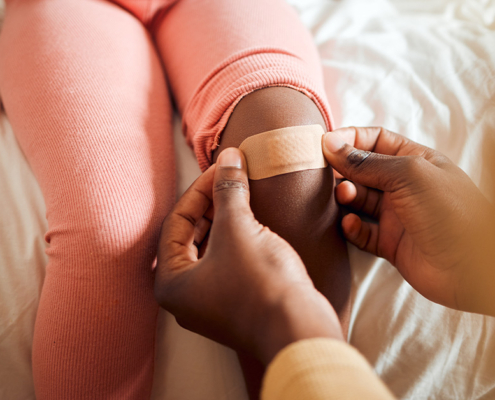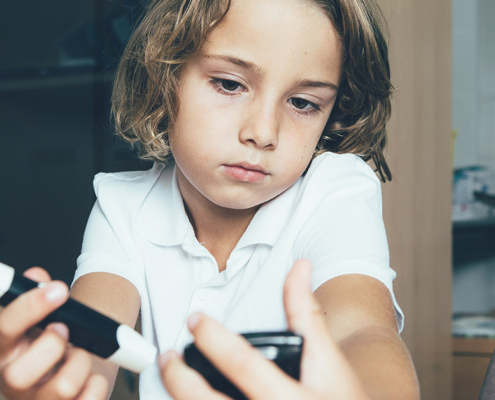Teaching is one of the most amazing things to be able to do, to pass on knowledge and passion for a subject you are excited about. But teaching comes in a lot of different forms and with limitations, for both the students and the teacher. As teachers, we need to know, recognize, and respect both sets of limitations. We also need to keep up with the latest trends in learning and not lose sight of what has worked in the past. This is where generational differences comes into play, teaching the younger generations vs. teaching the older generation. First Response Training International has developed the tools, techniques, and materials to suit all ages and learning styles.
Let’s examine the options and see what works best for you and your students.
We’ll start with you, the teacher. Using the teaching tools and methods that you are comfortable with, will make you that much better of a teacher. If you use a method you are not comfortable with such as online blended learning, PowerPoint®, or videos, the course will not be as good, and the students will recognize it right away. Learning new teaching methods is also a good thing, but they must be practiced and rehearsed or taught to a very small group first, that has been warned this is a new style of teaching for you. Here’s an example of getting a little out of your comfort zone and things not going exactly as planned. The First Response Training International course is set up and all students have completed the online training. Your normal style of teaching is more traditional, stand in front of the room and present the subject interspersed with some guided discussion. As you start talking you notice the students are falling asleep, checking their phones, or just generally not engaged. These are all classic signs that the students already know the subject, assuming the students are not tired, and are ready for the next phase. If you have a class that has completed the online training the next step would be, after reviewing the students’ academic reports, would be to review any areas of concern and move on to the practical portion. If your comfort zone is traditional teaching as define above, you should stick with that, there are plenty of students out there who also prefer this style, they like the printed manuals, the ability to ask questions face-to-face with an instructor, and build a rapport with you.
Students also have a preferred method of learning…
There are roughly seven: visual, aural, verbal, physical, logical, social, and solitary. For effective education, you must identify which one the student prefers, and it may be more than one. Forcing a student to use a particular form will not ensure they have learned to their fullest potential. This is why we often times, and should always, blend several styles of teaching together, such as: home study, some lecture, questions & answer, and hands on. The home study can come in two forms: printed manuals or online. You will know when the student has learned a “light comes on” and everything clicks. It’s a great feeling as an instructor to know that you have effectively communicated what can be a complex subject and the student got it.
Another great form of teaching is the use of training aids.
For first aid training, there’s no shortage of these. We use manikins, trainer AED’s, disposable first aid supplies, etc. There’s also some great DIY training aids, like the ones that show how tight a tourniquet needs to be to stop blood flow. The makeshift splint materials: belt, cardboard, sticks. One thing that should be included in every first aid course is, how to create a basic first kid or where to buy one. Teaching someone first aid is a great skill, but what do they do when they leave, and they have none, even the basics, of the first aid products you showed them how to use? Help them source (or sell it as part of the training): barrier devices, band-aids, gauze, pain medicine, bandages, etc. This could be as simple as giving them a list of items to go out in purchase, or a premade kit, this is my preference.
With all the new methods of teaching that are out there and all the various forms of learning materials, it’s tough to navigate and keep up-to-date but that’s part of being a good educator. Here’s the really good news, First Response Training International has built all the tools for you (except aural, we’ll let you do the singing), so you can use one or all of them to cater to your teaching style and the students preferred learning method. First Aid training, including CPR, AED, bloodborne pathogens, and oxygen administration are vital life skills so they should be taught effectively. Find out which style works best for you and go out there and teach!












Leave a Reply
Want to join the discussion?Feel free to contribute!